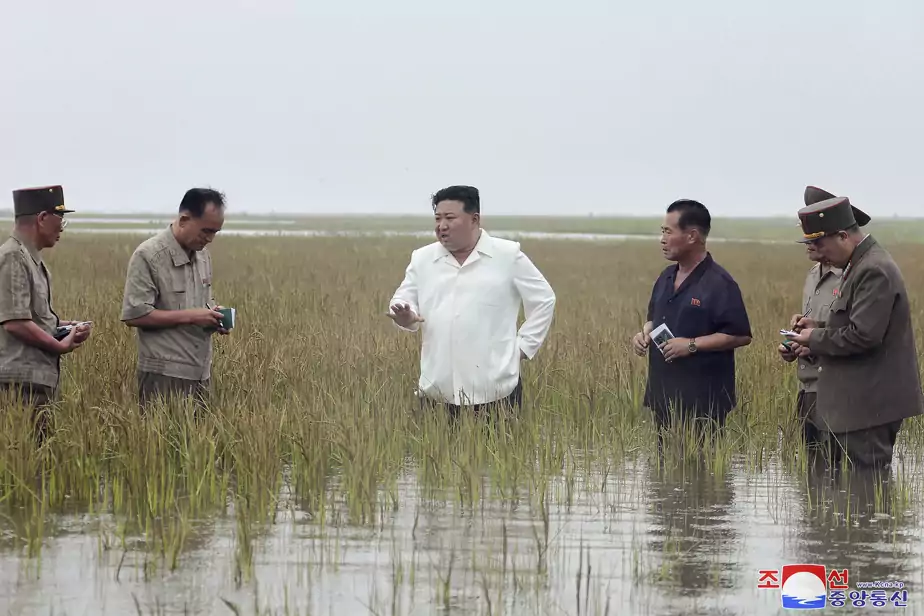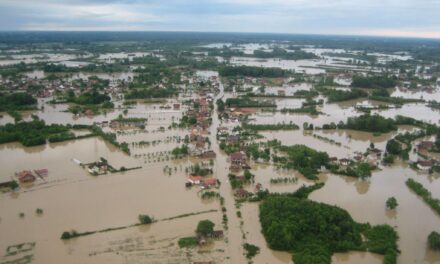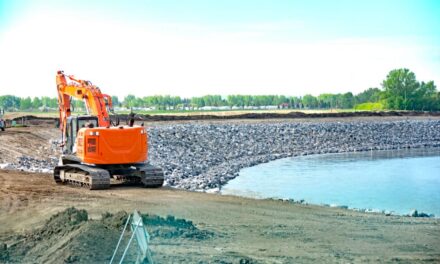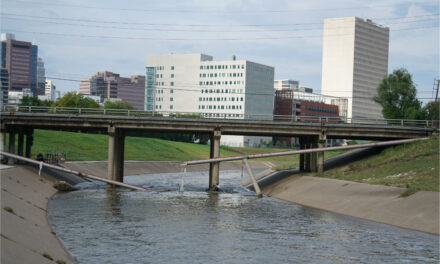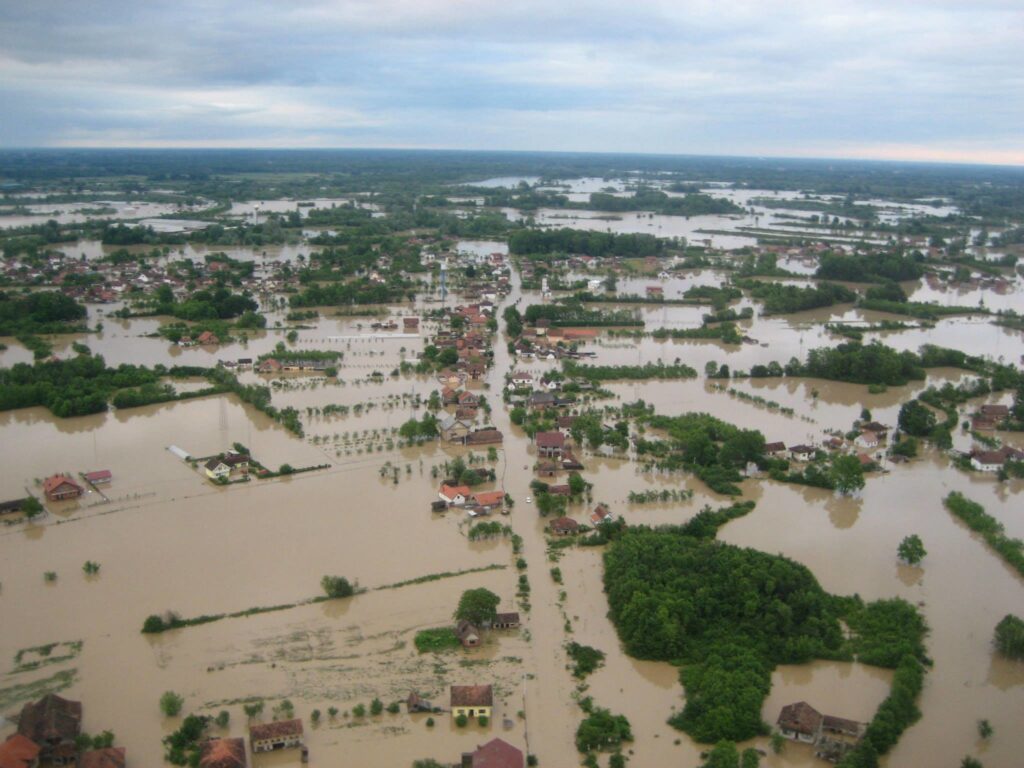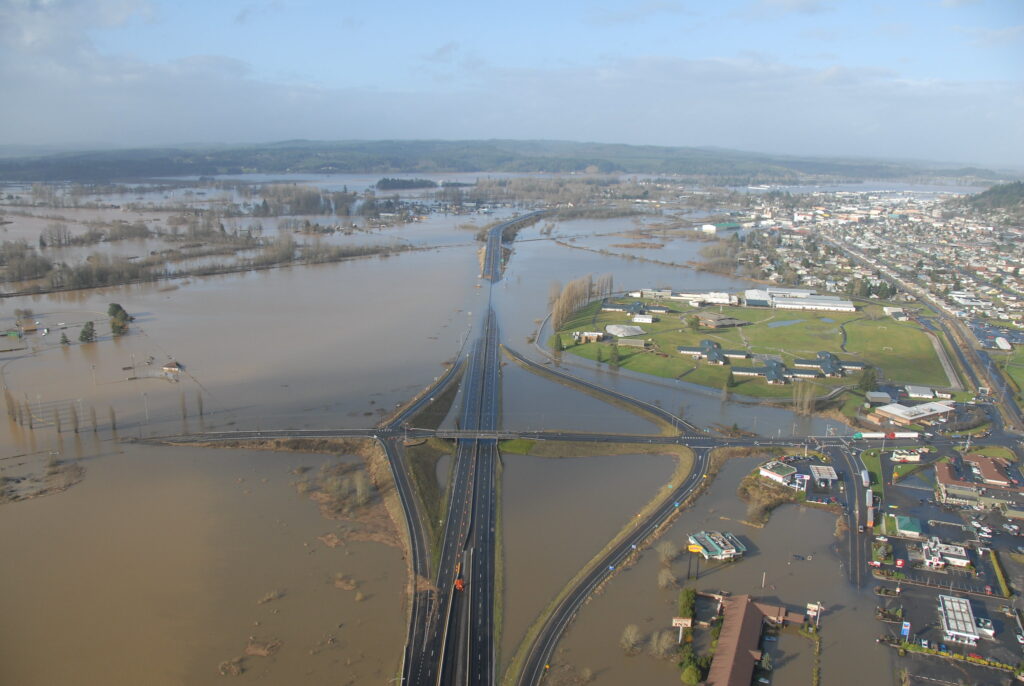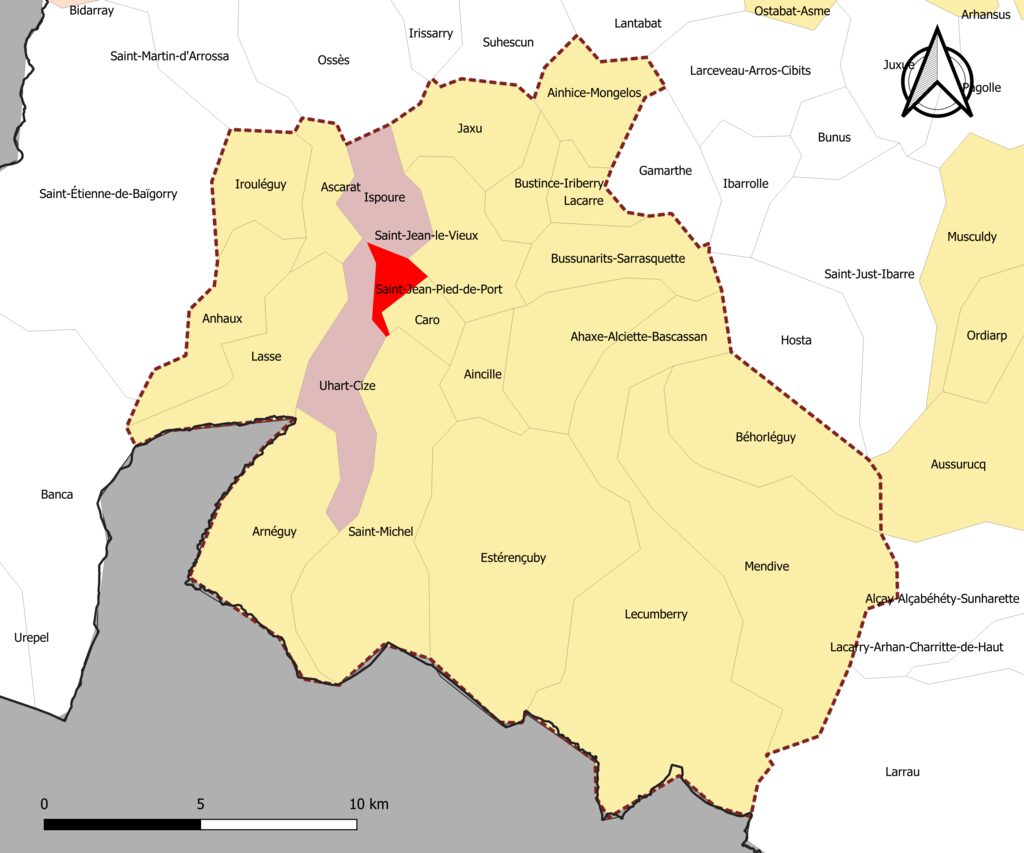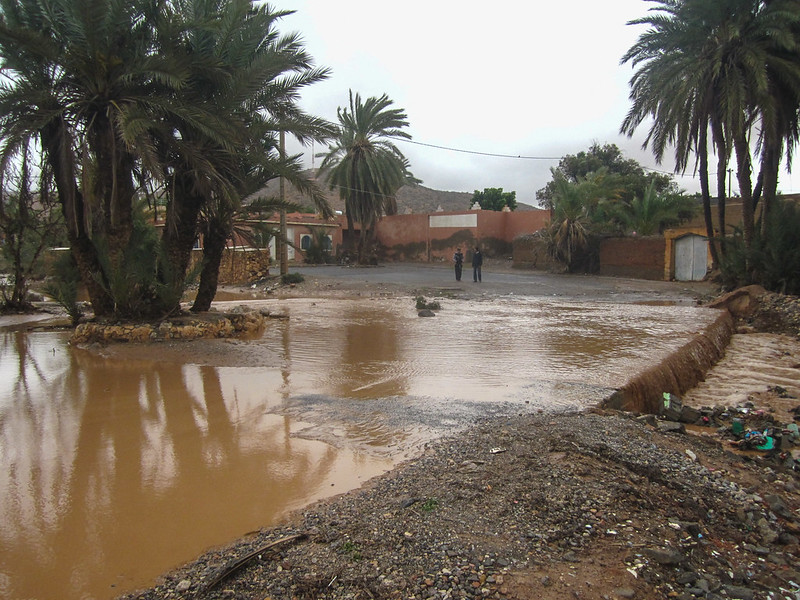Introduction
North Korea is once again attracting international attention. Recently, record floods have ravaged the country. These events have led to dramatic consequences, both human and political. The government has executed several leaders for mismanaging the crisis. This article explores the details of this situation, its implications, and the lessons to be learned.
Analysis
Flooding in North Korea is not new. The country often experiences typhoons and torrential rains. However, the recent floods have been particularly devastating. In July 2024, torrential rains hit the country. Notably, the city of Kaesong recorded 463 mm of rain in one day. This figure represents a record in 29 years. The weather conditions caused the death of nearly 4,000 people. They also destroyed thousands of homes. Faced with this catastrophe, Kim Jong-un took drastic measures. He ordered the execution of 20 to 30 high-ranking officials. He accused them of corruption and dereliction of duty. These executions, although not confirmed by official North Korean sources, have been reported by several international and South Korean media outlets.
What are the impacts and consequences?
The consequences of these events are manifold. On a humanitarian level, the floods have exacerbated food shortages. They have also worsened housing problems. Politically, the massive executions of leaders have reinforced the climate of fear. They have also weakened citizens’ trust in their leaders. Internationally, these events have drawn attention to the authoritarian management of the country. They have also highlighted its vulnerability to natural disasters. China and Russia have offered their help. However, North Korea preferred to handle the situation alone. It refused any external assistance.
The most affected areas
- Kaesong: 463 mm of rain in one day, precipitation record.
- Sinuiju and Uiju: Border regions with China, heavily impacted.
- Chagang: Province where several leaders were executed for mismanagement.
Solutions to protect against floods
- Improve infrastructure: Build effective dikes and drainage systems.
- Reforest: Plant trees to reduce erosion and improve water retention.
- Develop early warning systems: Alert the population in advance.
- Educate and raise awareness: Train communities on safety measures to adopt.
- Plan urbanization: Avoid construction in high-risk flood zones.
Sources of the article
- RFI: 4 stars – Detailed information on the floods and their impacts.
- Le Parisien: 4 stars – Reports on rescue operations and measures taken by Kim Jong-un.
- La Nouvelle Tribune: 3 stars – Details on the executions of officials after the floods.
Conclusion
The floods in North Korea and the subsequent executions highlight the fragility of the country. They also show the severity of its regime. These events remind us of the importance of preparation and effective crisis management. They prompt reflection on ways to strengthen community resilience. As a global society, we must support policies that promote international cooperation. It is crucial to respect the sovereignty of nations while providing humanitarian aid.
